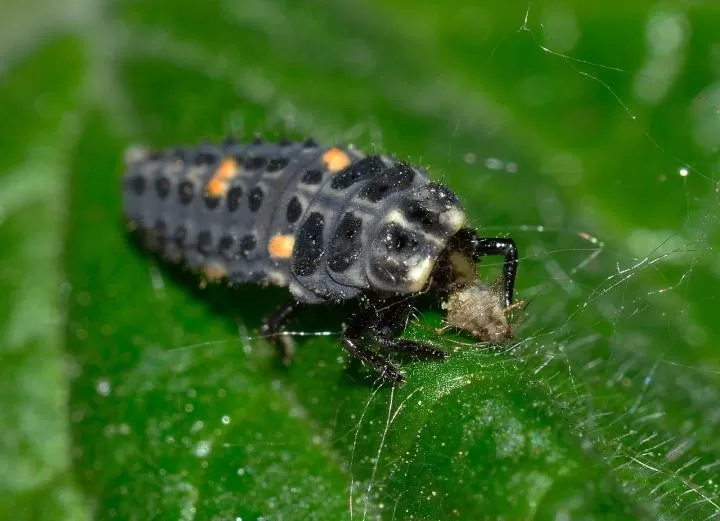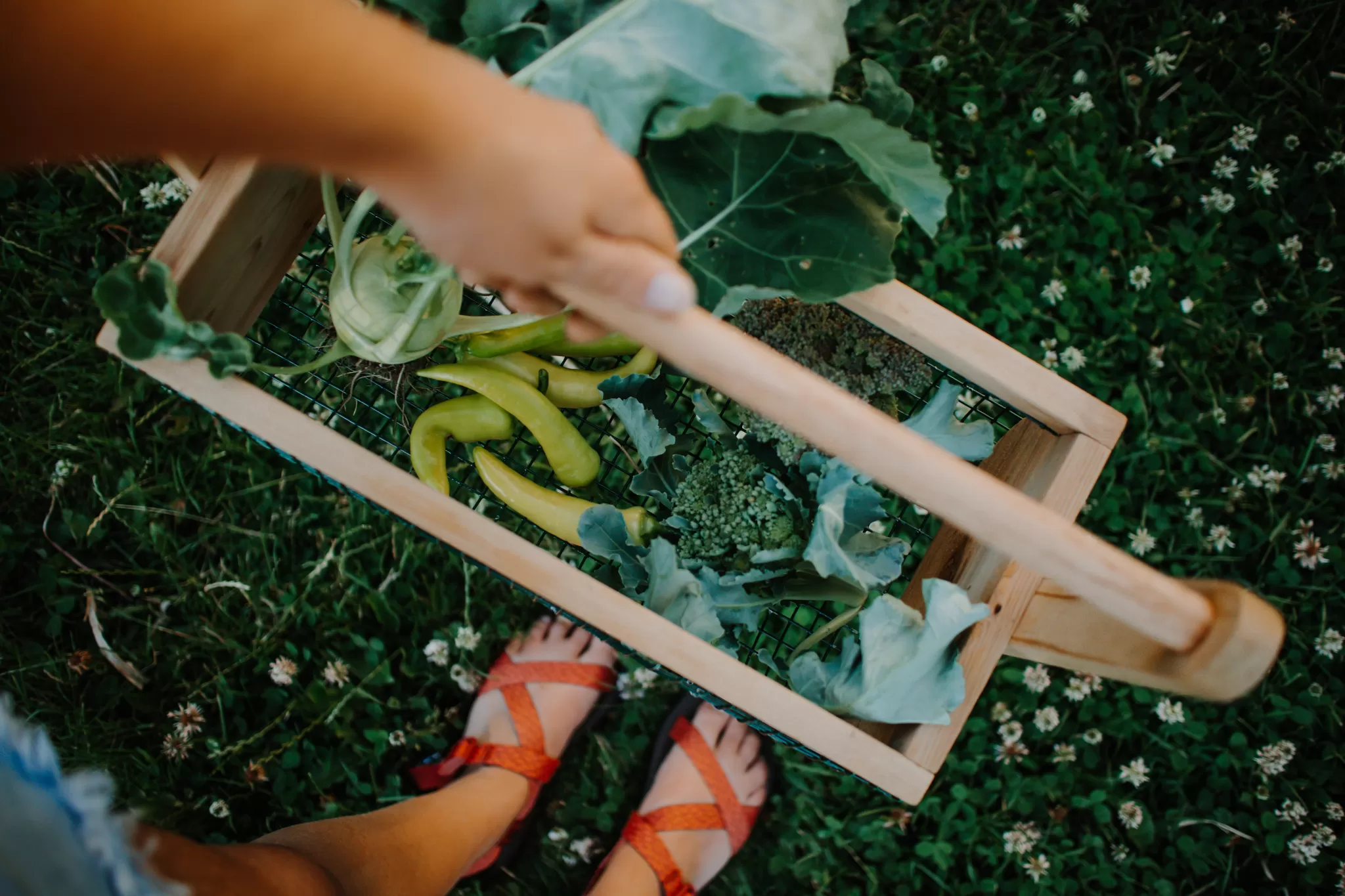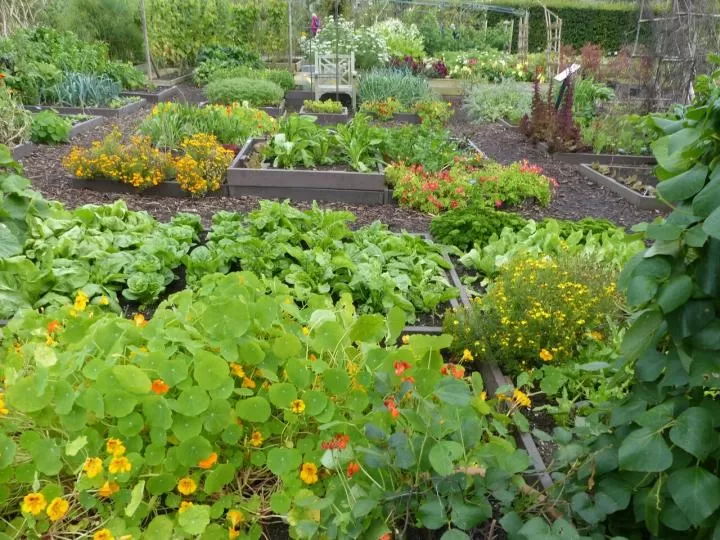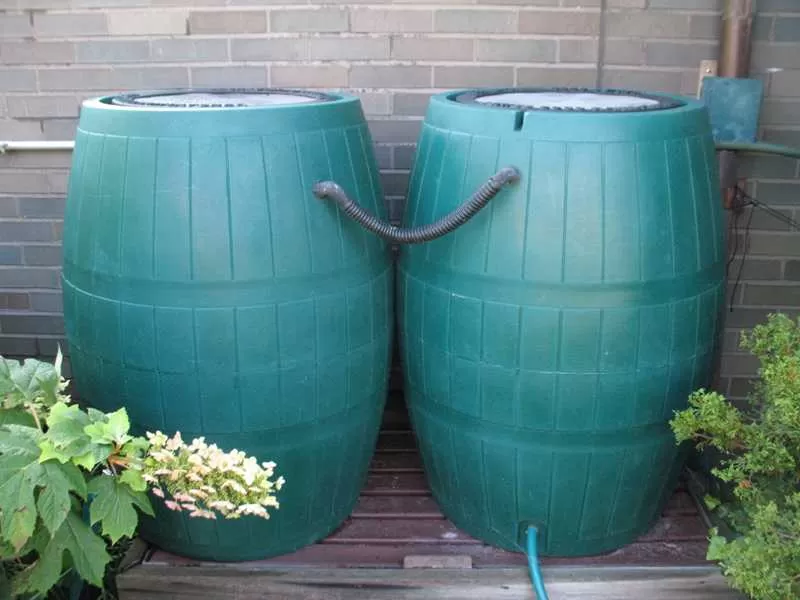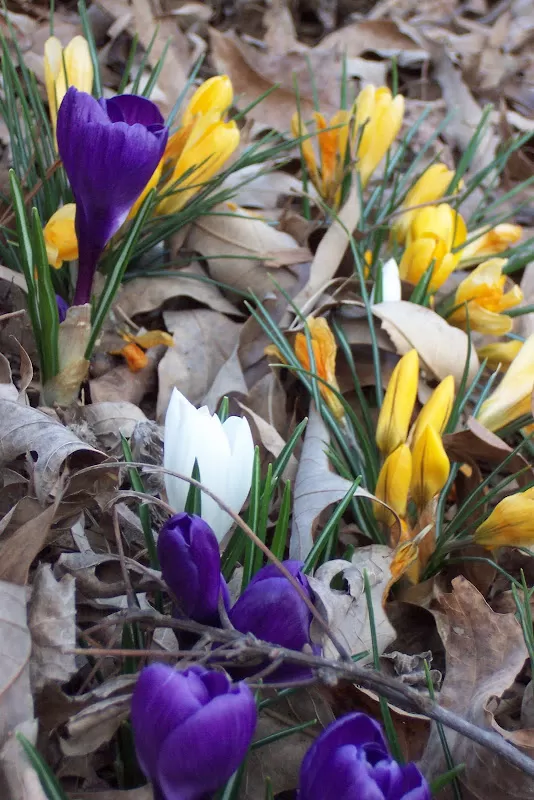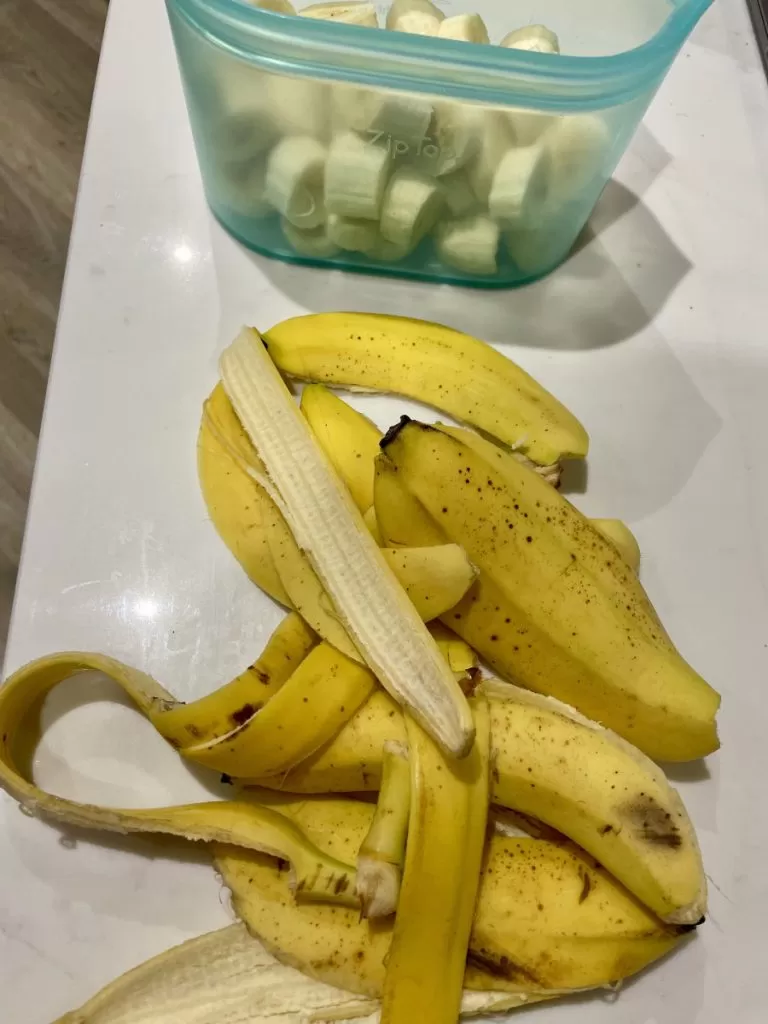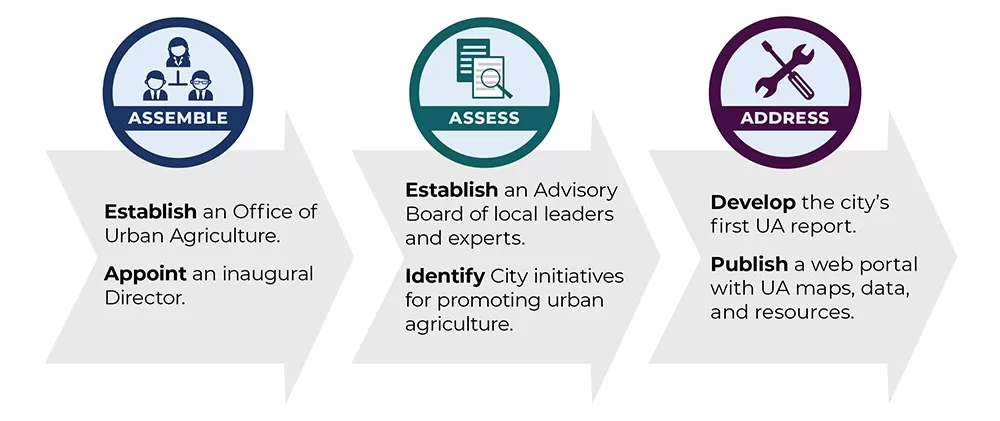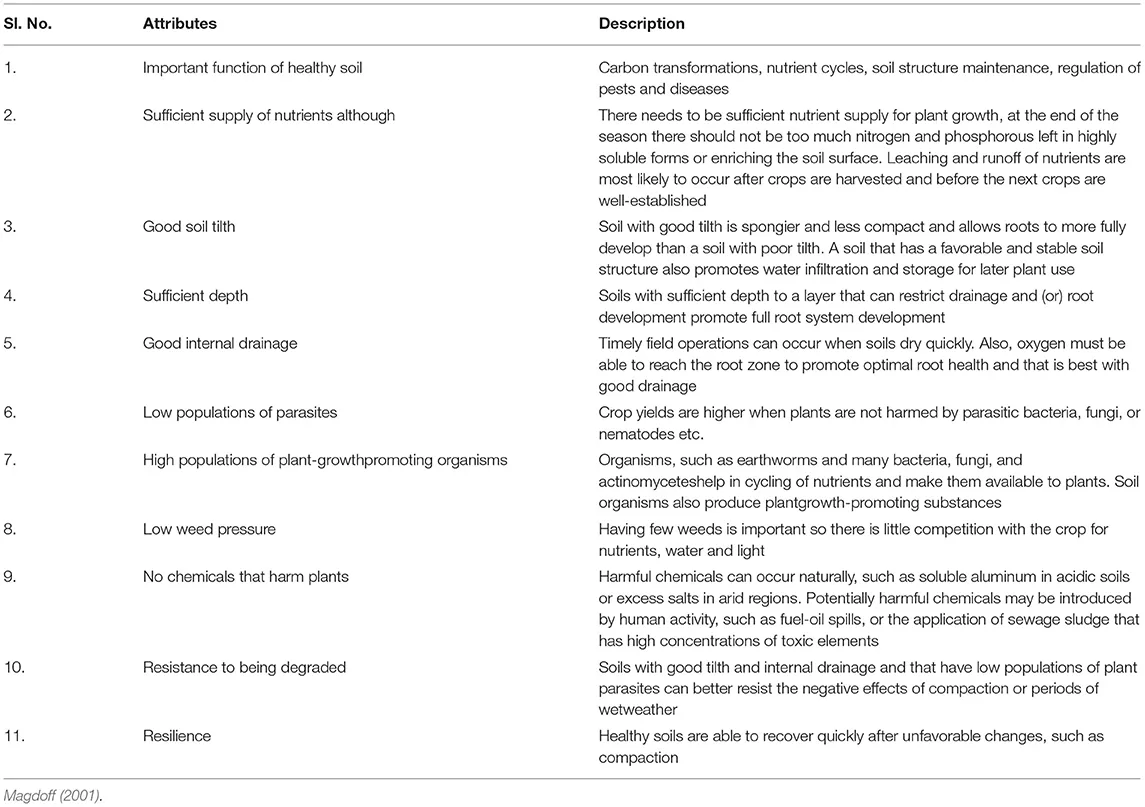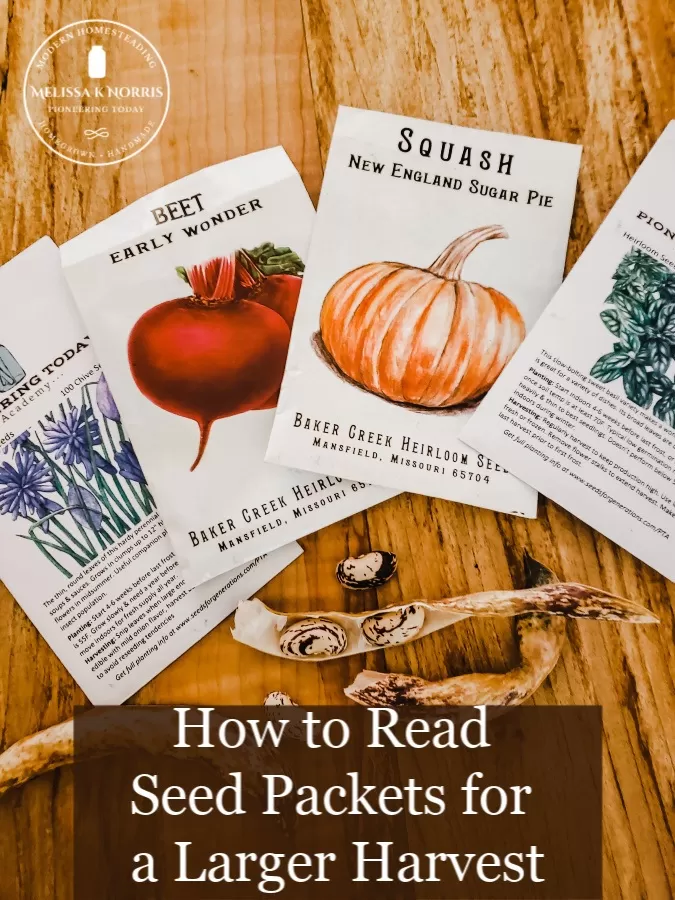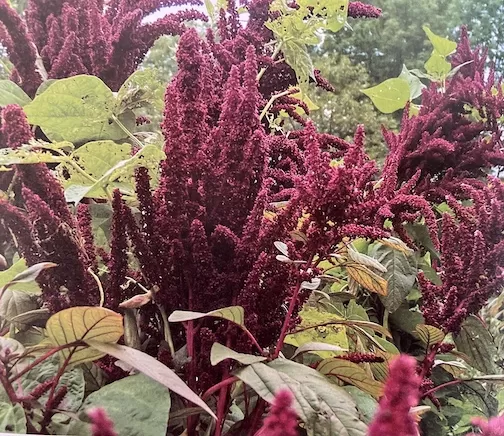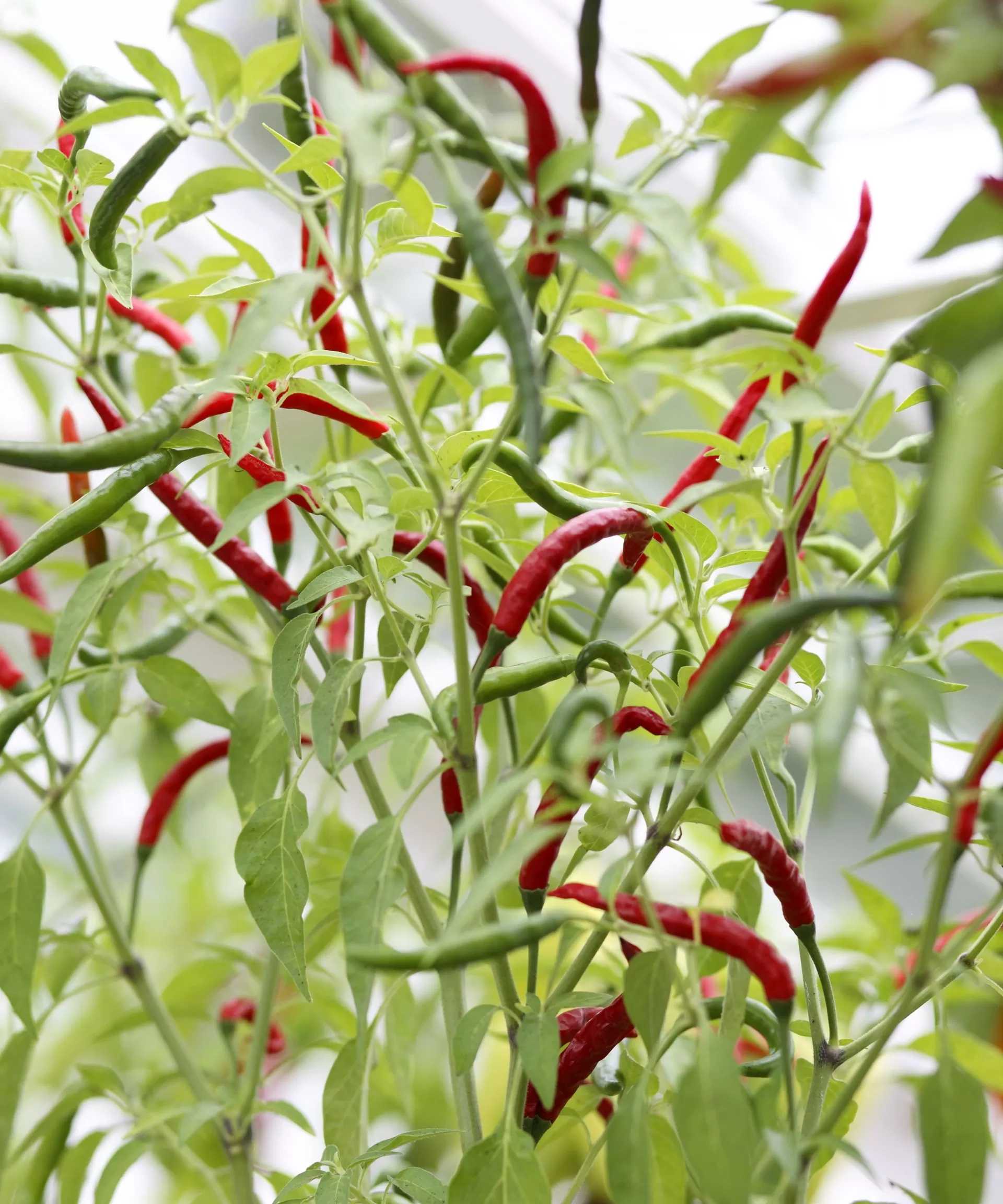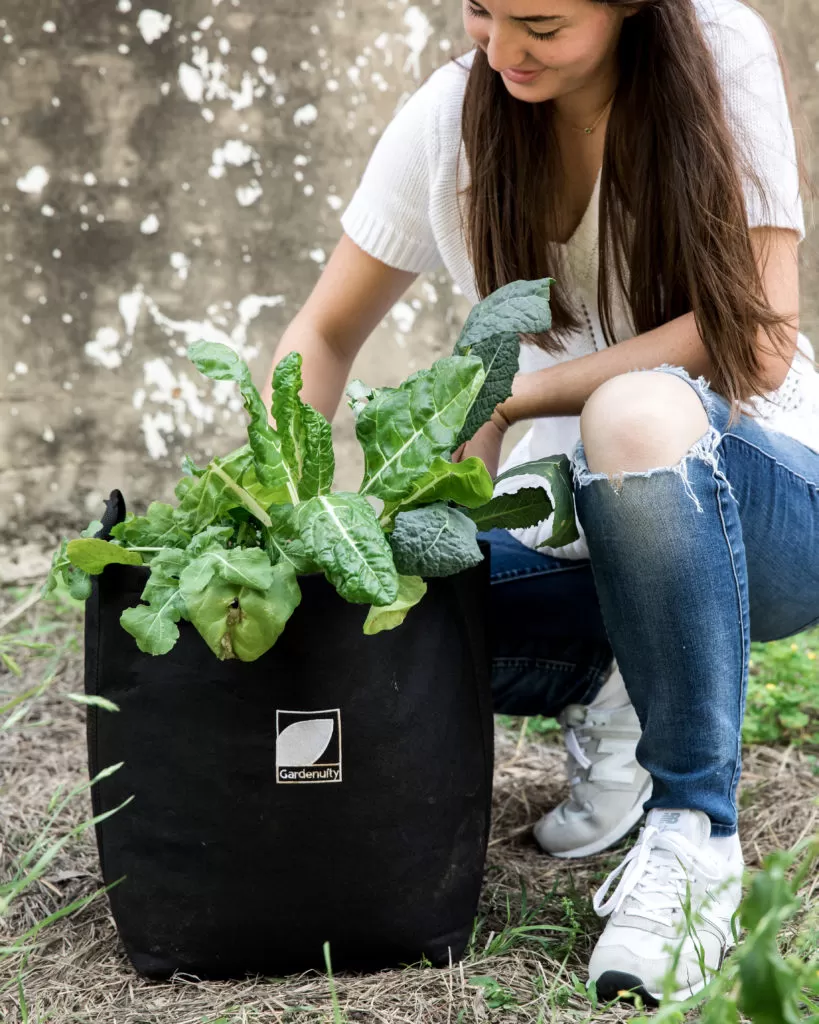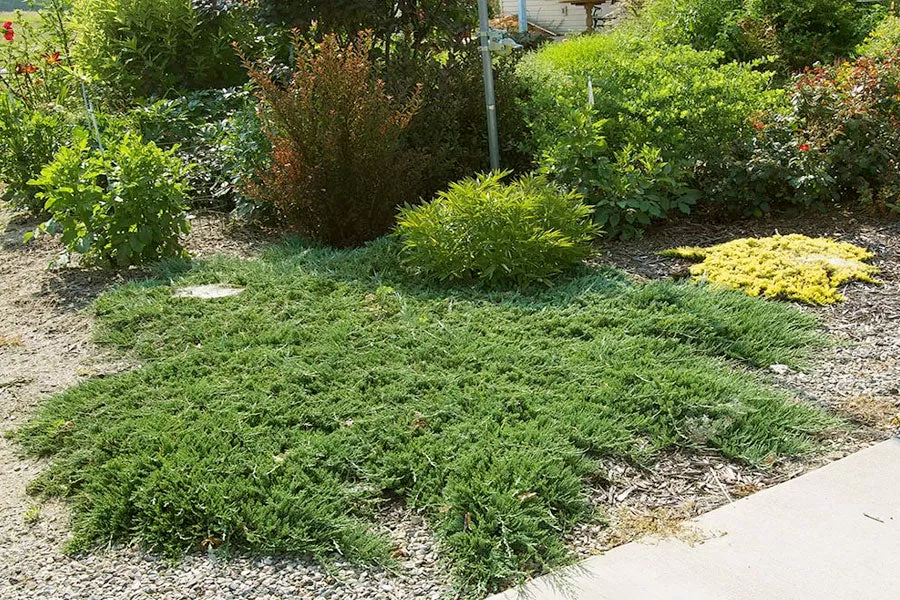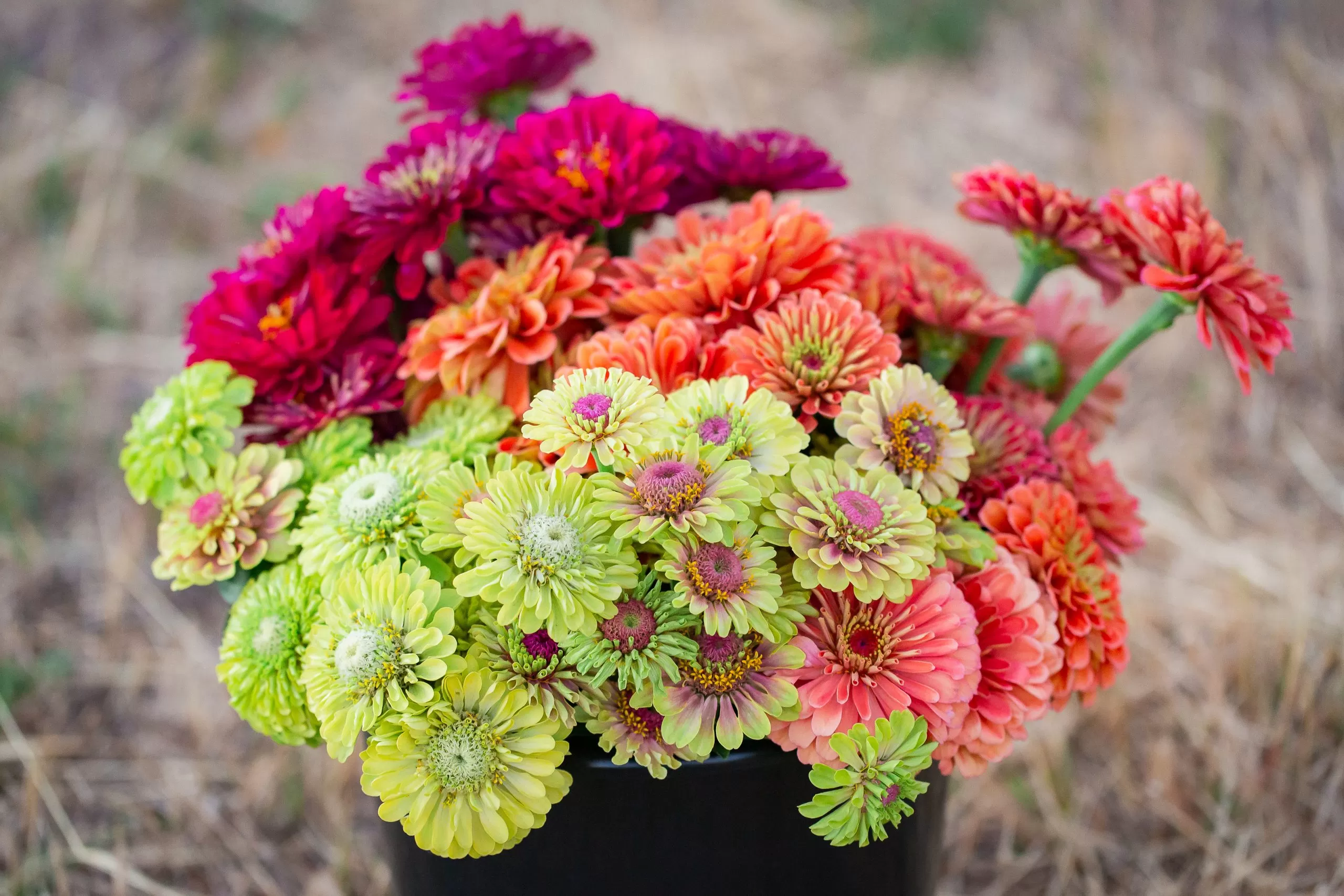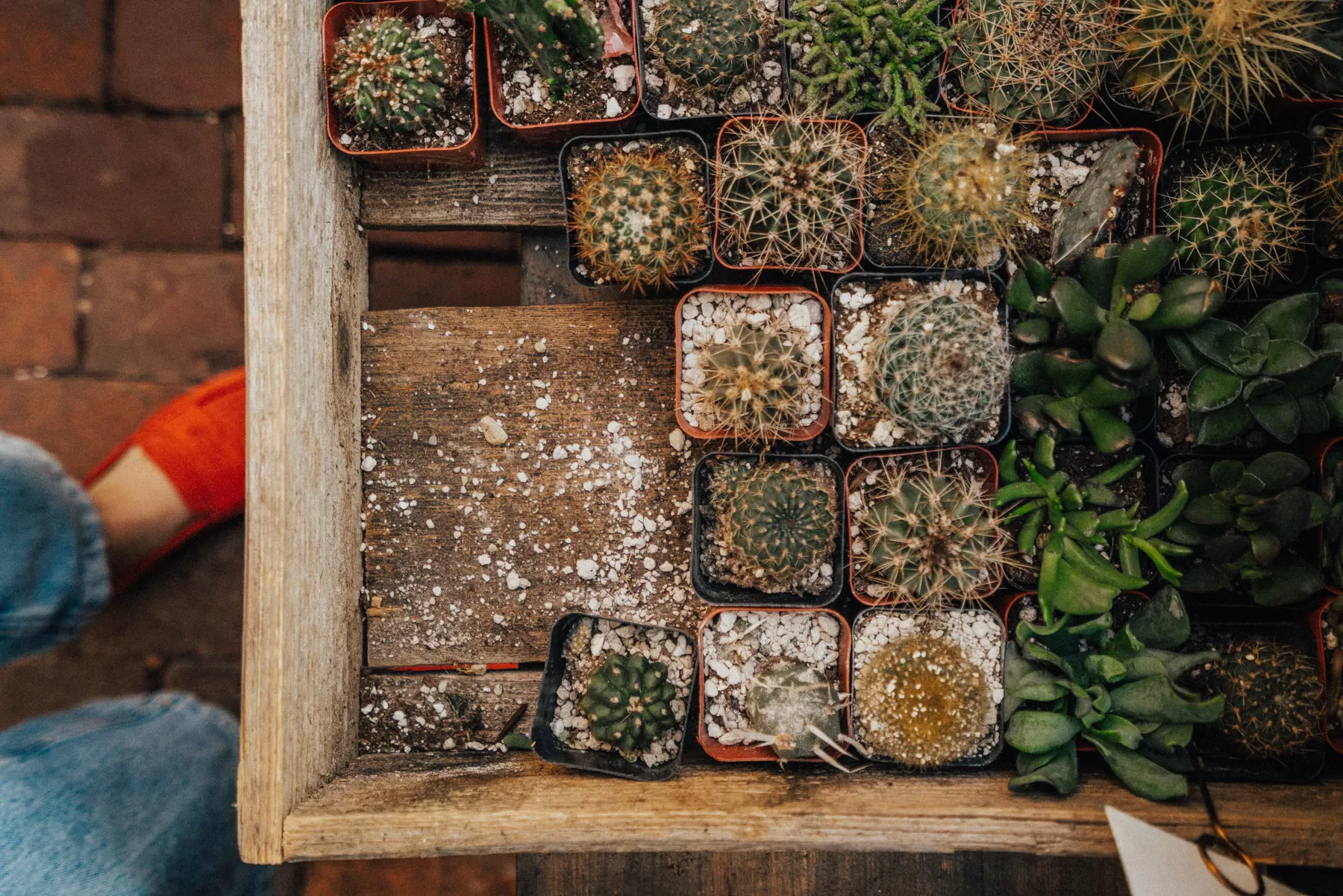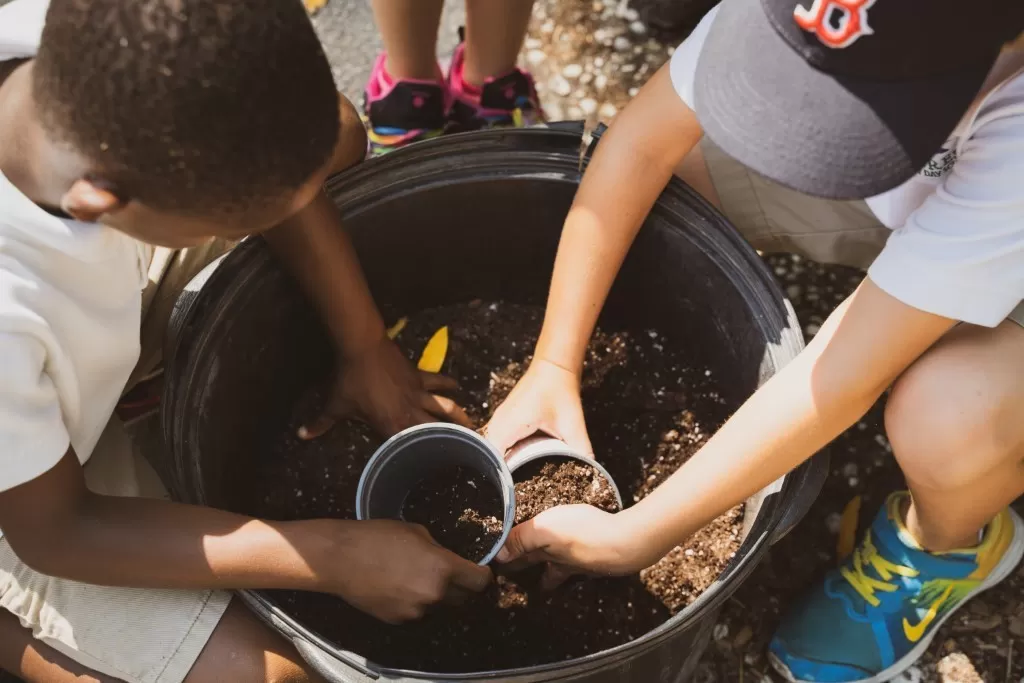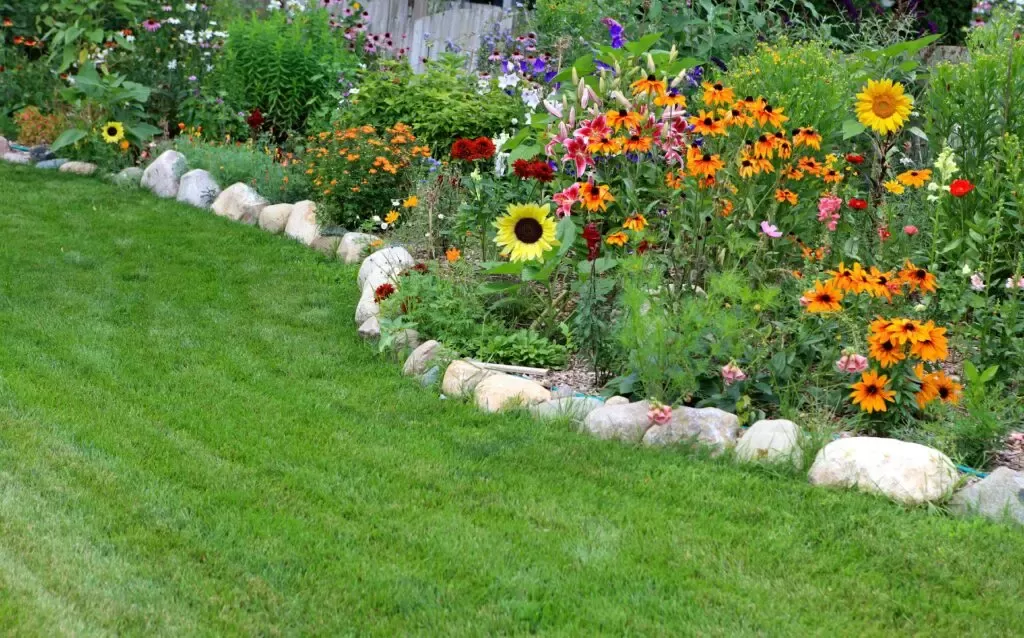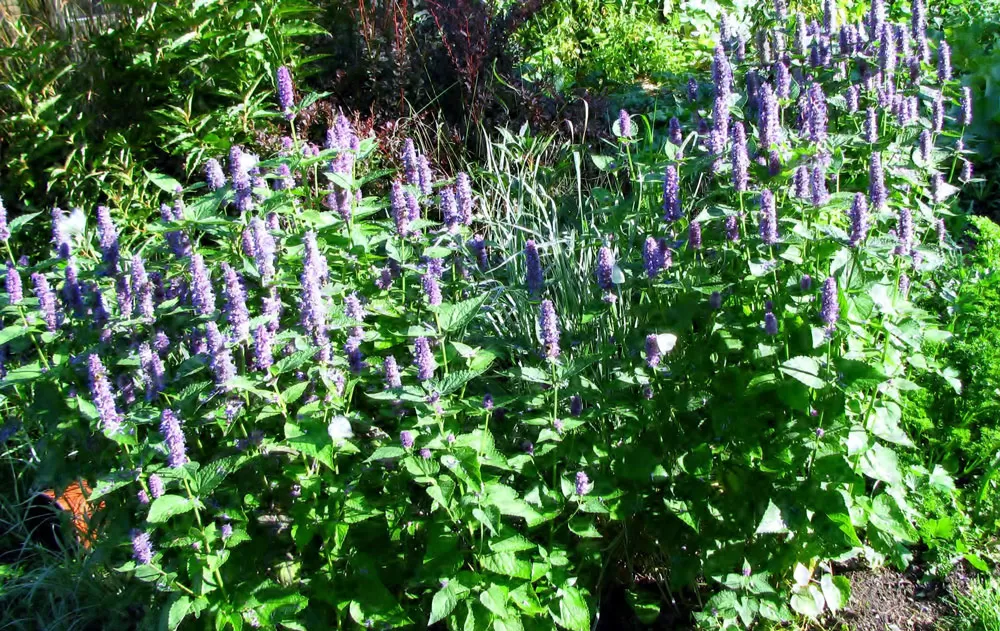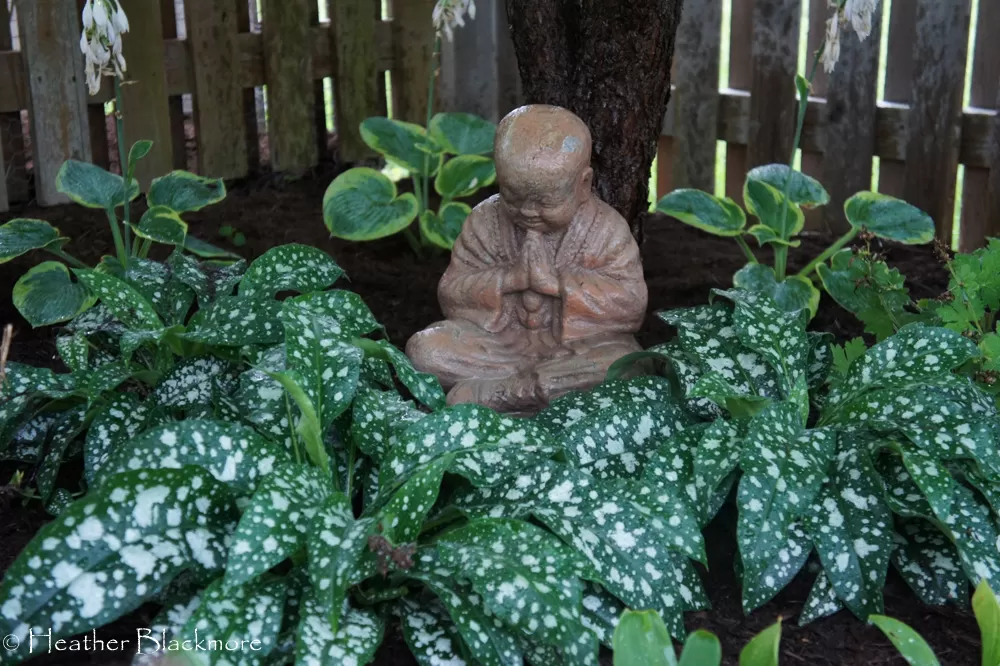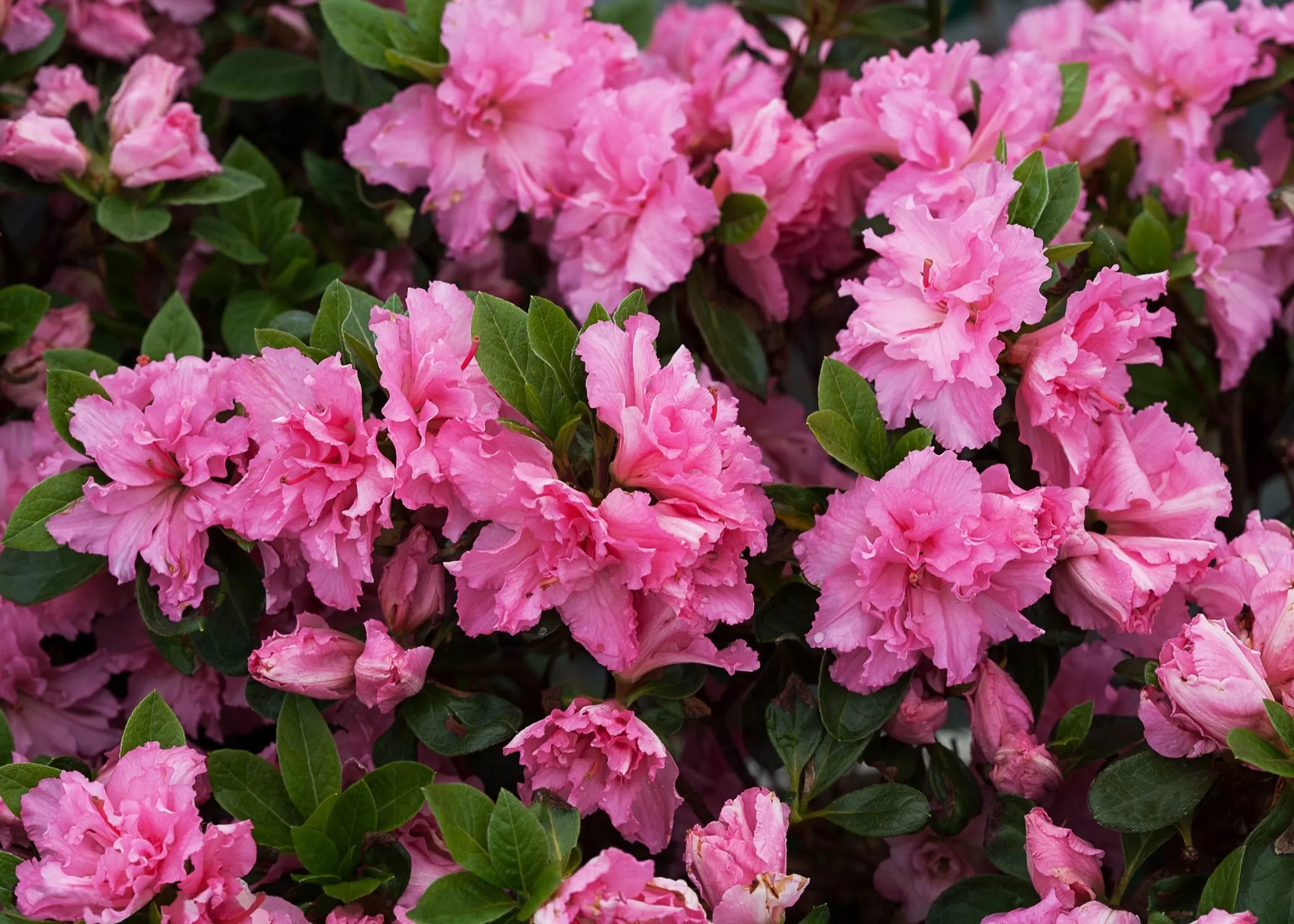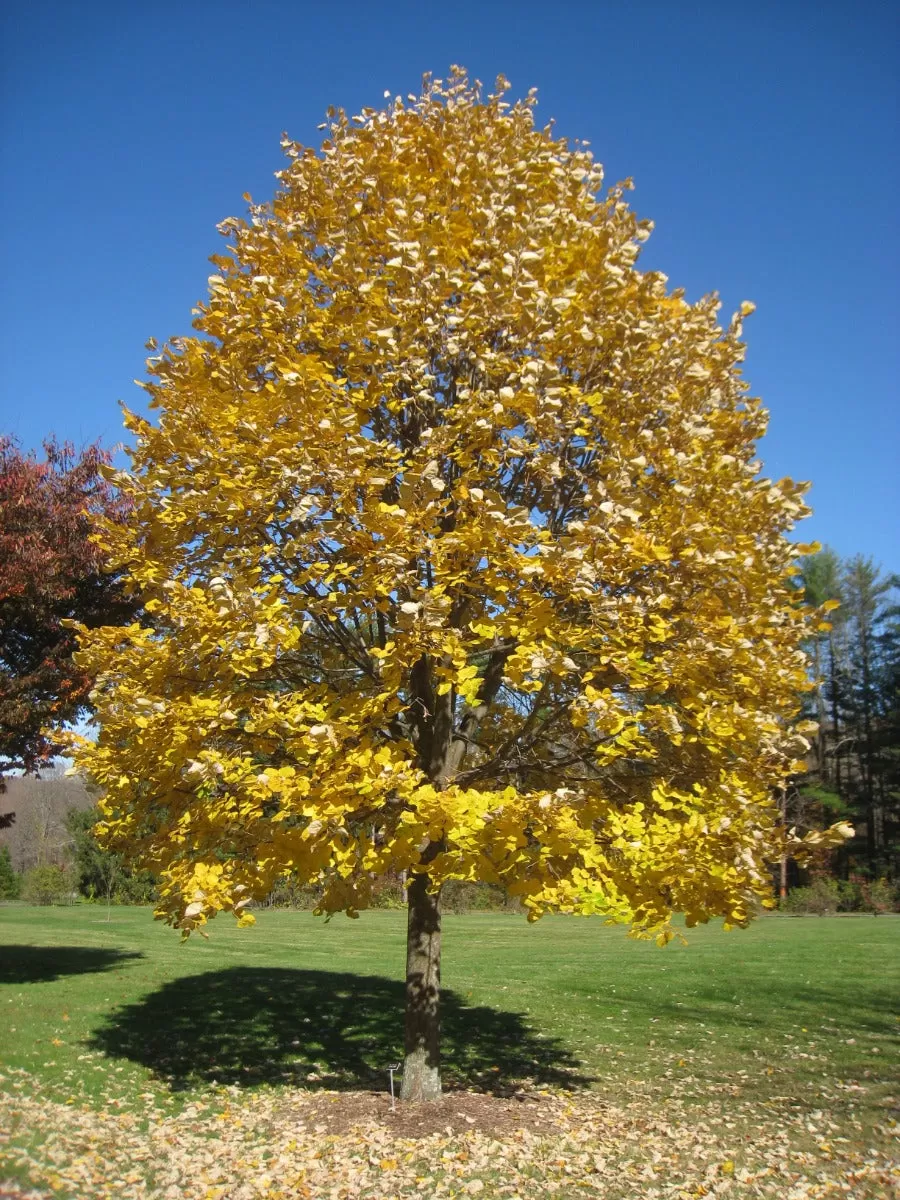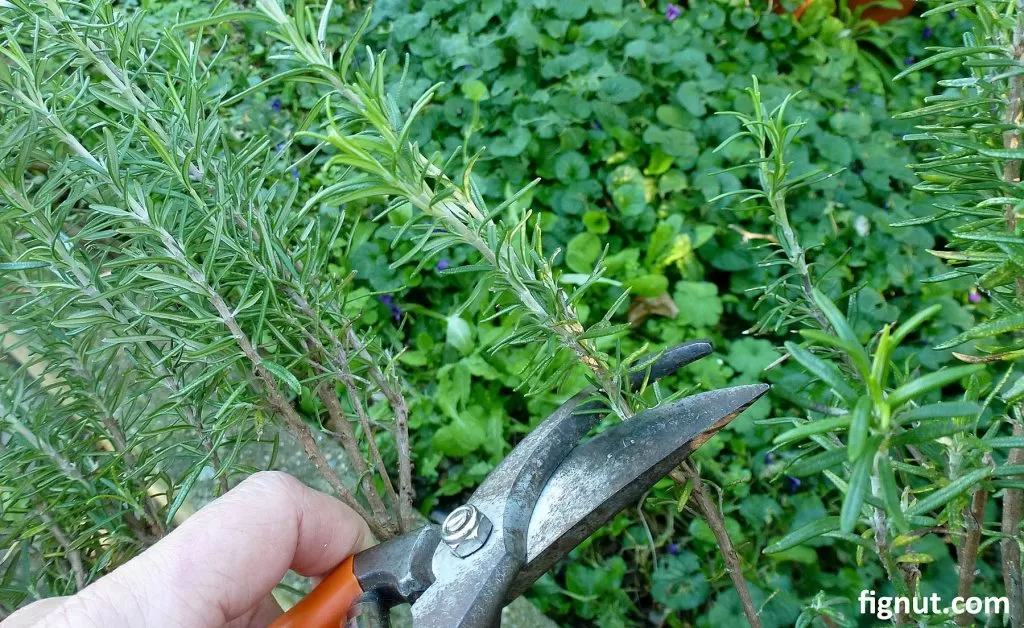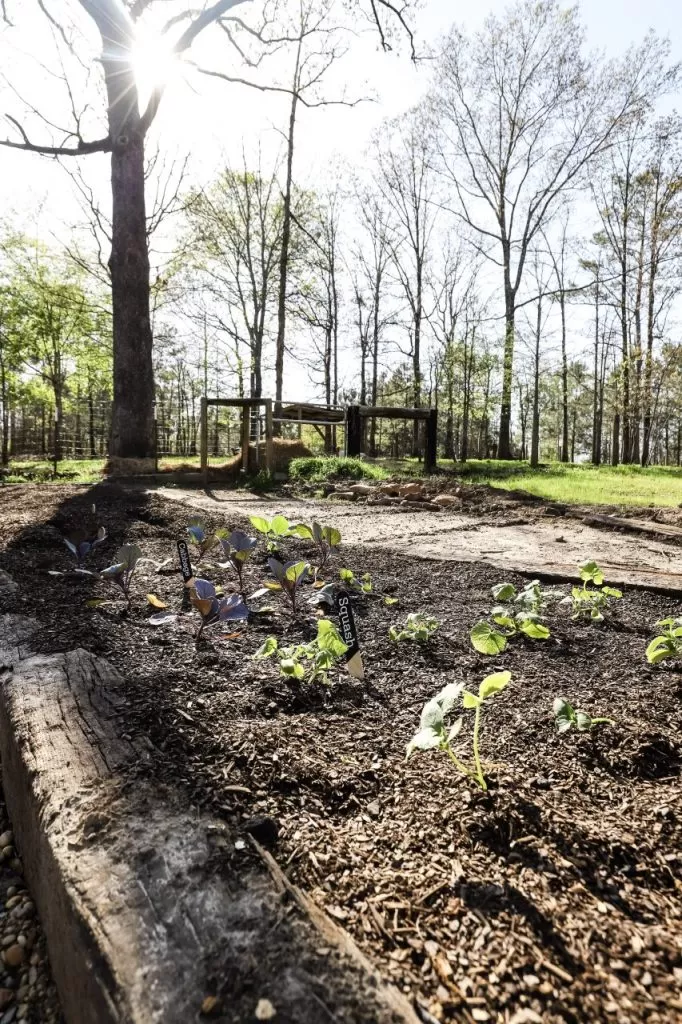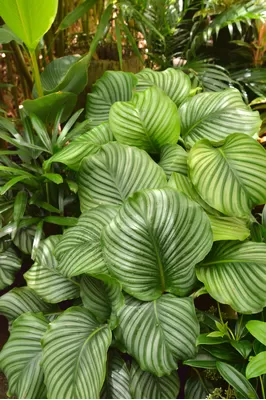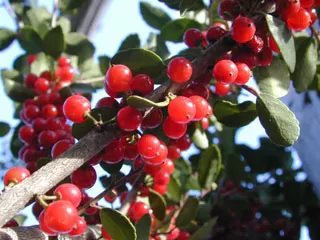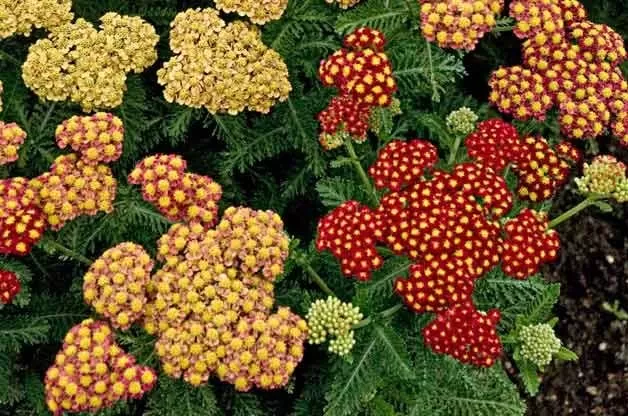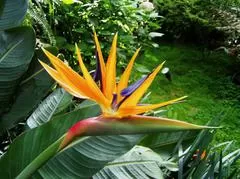- Prioritize soil health by adopting a no-dig or no-till approach.
- Reuse garden “waste” like leaves and clippings to create nutrient-rich compost and mulch.
- Delay fall cleanup to provide habitat and food for beneficial insects and wildlife.
- Choose native and resilient plants to support local ecosystems and reduce the need for resources.
- Welcome biodiversity by creating spaces for pollinators, birds, and other garden helpers.
- Consider rewilding a small area of your garden to let nature take the lead.
As gardeners, our connection to the earth deepens with every season. We learn, we adapt, and hopefully, we evolve our practices out of a growing love and respect for the natural world around us. Many of us are already incorporating elements like planting for pollinators, choosing drought-tolerant species, or adding native plants. A concept gaining increasing attention is regenerative gardening practices. Far from just a trend, it’s a way of gardening that focuses on healing and enriching the soil and the surrounding ecosystem, mirroring the regenerative agriculture movement on a larger scale. It’s about working with nature, not against it, and finding simple ways to apply these powerful ideas right in our own backyards.
Contents
- The Heart of the Garden: Healthy Soil
- Feeding Your Garden from Within: Composting and Recycling Materials
- Rethinking Garden Cleanups: A Friendlier Approach
- Planting with Purpose: Nurturing Biodiversity
- Welcoming Wildlife: Making Your Garden a Haven
- Embracing the Wild: Rewilding Your Space
- Continuing Your Regenerative Journey
The Heart of the Garden: Healthy Soil
At the core of all regenerative gardening practices is the soil. It’s more than just dirt; it’s a complex, living ecosystem teeming with microscopic life – bacteria, fungi, nematodes, and countless other organisms that work together to break down organic matter, make nutrients available to plants, and build healthy soil structure. This intricate network below the surface is often referred to as the “soil food web.”
One of the fundamental principles of regenerative gardening is minimizing disturbance to this vital soil ecosystem. This means adopting a no-dig or no-till approach whenever possible. Traditional digging can disrupt the soil structure, damage the fungal networks (mycorrhizae) that help plants access water and nutrients, and release stored carbon back into the atmosphere. By keeping digging to a minimum, we help sequester carbon dioxide in the soil and nurture the incredible biodiversity beneath our feet.
Feeding Your Garden from Within: Composting and Recycling Materials
Thinking about garden “waste” differently is a cornerstone of regenerative gardening. Instead of viewing fallen leaves, grass clippings, and spent plant stems as something to be bagged and removed, see them as valuable resources that can be cycled back into your garden.
Composting is one of the most effective ways to do this. Applying a layer of compost provides incredible benefits: it improves soil structure, adds essential nutrients slowly over time, increases water retention (crucial in dry spells!), and helps prevent soil erosion. Your garden provides all the ingredients you need – leaves, grass clippings, shredded branches, and kitchen scraps. Learning how to create good compost transforms waste into black gold for your soil.
Beyond composting, get creative with other yard debris. Small twigs and sticks can be used to create natural fences or garden borders. Larger logs from felled trees can be stacked to form privacy screens, informal seating areas, or simply left in a quiet corner to create a habitat pile. These piles provide shelter, food, and breeding grounds for a surprising number of insects, amphibians, and small mammals, while also slowly breaking down and returning nutrients to the soil over time.
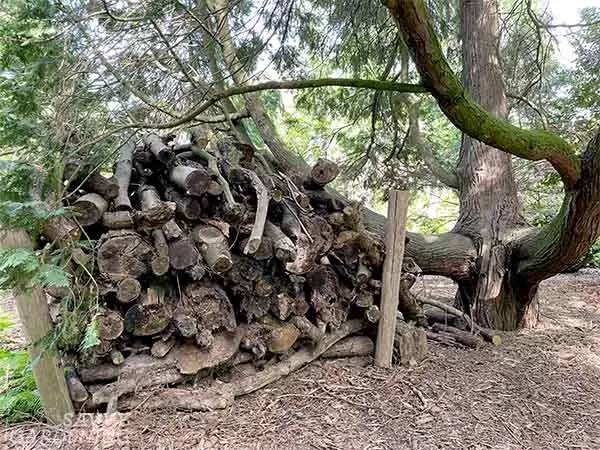 Stacked logs and garden debris decomposing naturally at a botanical garden, demonstrating regenerative waste use
Stacked logs and garden debris decomposing naturally at a botanical garden, demonstrating regenerative waste use
Leaving garden waste in place to decompose, as seen with this log pile at Amsterdam’s Hortus Botanicus, keeps valuable nutrients on site and provides crucial habitat.
Another visually interesting way to manage leaves is by creating structures like leaf cages or bins. While not always the most practical for large volumes, they show that even storing materials for decomposition can be integrated artistically into the garden design. This encourages us to think beyond the bin and find ways to make the necessary decomposition process part of the garden’s aesthetic and function.
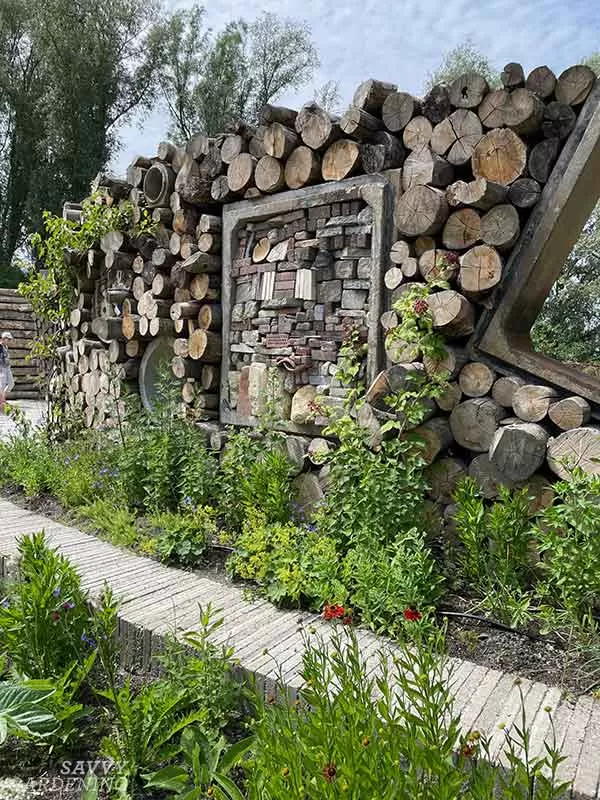 Creative garden wall constructed from recycled logs, stones, and concrete fragments showcasing material reuse in landscape design
Creative garden wall constructed from recycled logs, stones, and concrete fragments showcasing material reuse in landscape design
This example from Floriade demonstrates how diverse recycled materials like logs, stone, and concrete can be creatively reused to build functional and attractive garden features, reducing waste sent off-site.
Rethinking Garden Cleanups: A Friendlier Approach
One of the simplest, yet most impactful, regenerative gardening practices is changing how we approach fall and spring garden cleanup. Instead of a rigorous cut-back and clear-out, aim for a gentler, delayed approach.
Leaving perennial stems, dried flower heads, and fallen leaves in place over winter provides critical shelter and food for overwintering insects (like beneficial ladybugs or lacewings), nesting sites for native bees, and foraging opportunities for birds seeking seeds. The fallen leaves also act as a natural mulch, protecting the soil, suppressing weeds, and gradually breaking down to nourish the soil web.
While delaying cleanup benefits most of the garden, it’s wise to be selective. Spent annuals and vegetable plants that were prone to disease or pests should typically be removed to prevent issues from overwintering in the soil. However, for many perennials and ornamental grasses, leaving them standing until late winter or early spring is a boon for biodiversity and soil health.
If you’re not planting cover crops or overwintering vegetables in your beds, consider planting “green manures” in the fall. These fast-growing crops help protect the soil from erosion, add nutrients when they are tilled in (one exception where minimal tilling can be beneficial after the cover crop is established), and suppress weeds.
Planting with Purpose: Nurturing Biodiversity
The plants we choose have a profound impact on the health of our garden ecosystem. In regenerative gardening, the focus shifts towards planting with purpose – selecting species that are resilient, support local wildlife, and contribute to biodiversity.
Prioritizing native plants is key. These species have evolved alongside local insects, birds, and other wildlife, creating essential food sources and habitats. They are also typically well-adapted to the local climate and soil conditions, often requiring less water, fertilizer, and pest control once established. Incorporating a variety of native trees, shrubs, perennials, and groundcovers helps create a robust, self-sustaining ecosystem. Examples of beautiful natives often mentioned for their pollinator appeal and hardiness include Prairie Smoke (Geum triflorum), Perennial Basil (Ocimum basilicum ‘Perennial’), Wild Bergamot (Monarda fistulosa), and Liatris (Liatris species). Leaving the structural stems of plants like Liatris standing in the fall provides winter interest and valuable cover for insects and birds.
Think about building resilience into your garden, especially given changing climate patterns. Choosing drought-tolerant plants, selecting species suited to specific microclimates (wet spots, dry slopes), and increasing plant diversity all contribute to a more stable and healthy garden.
While adding beneficial plants, also consider removing invasive species. These non-native plants can outcompete natives, reduce biodiversity, and disrupt the natural balance. Clearing areas dominated by invasives opens up space for planting beneficial natives and creating more functional garden spaces, perhaps even your own small-scale “food forest” with berry bushes or fruit trees.
Welcoming Wildlife: Making Your Garden a Haven
A truly regenerative garden embraces all its inhabitants, not just the plants. Creating space for wildlife – from pollinators and beneficial insects to birds, toads, and even snakes – is vital for a healthy, balanced ecosystem that requires less intervention.
This can be as simple as providing water sources (a bird bath or shallow dish), creating shelter (log piles, rock piles, dense shrubbery), and most importantly, offering a diverse and continuous supply of food through purposeful plant choices. Planting a variety of flowers that bloom at different times of the year ensures pollinators have nectar and pollen throughout the seasons. Including host plants for butterflies and moths supports their life cycles.
Consider dedicating a specific area to pollinators, often called a “pollinator garden.” You can enhance this further by adding nesting structures like bee hotels for solitary native bees. Rewilding a section of your property, even a small corner, is another powerful way to create instant habitat and let nature find its own balance.
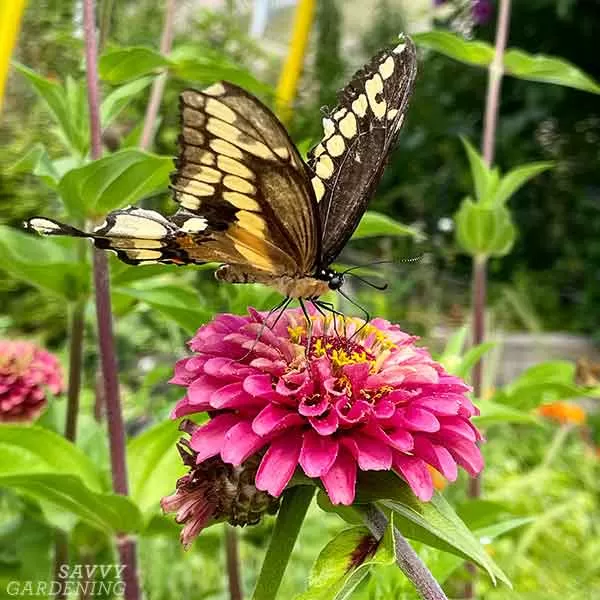 A vibrant Giant Swallowtail butterfly rests on a bright pink zinnia flower, highlighting the importance of flowers for pollinators in regenerative gardening
A vibrant Giant Swallowtail butterfly rests on a bright pink zinnia flower, highlighting the importance of flowers for pollinators in regenerative gardening
Pollinators like this Giant Swallowtail butterfly are essential for a thriving garden ecosystem. Planting a variety of flowers, including annuals like zinnias shown here, provides crucial food sources.
Embracing the Wild: Rewilding Your Space
Rewilding is a concept often associated with large-scale conservation projects, but it can also be applied on a smaller scale in your home garden. It essentially means stepping back and letting nature take over a designated area.
This doesn’t necessarily mean letting your entire garden become an untamed wilderness. It could involve dedicating a forgotten corner, a slope that’s hard to maintain, or even just a small patch. You might initially plant a few native species suitable for the area, and then simply stop managing it intensely. Allow natural processes to unfold, observe what happens, and appreciate the return of native plants and wildlife as the space transforms into a miniature, self-sustaining ecosystem.
Continuing Your Regenerative Journey
These regenerative gardening practices are just the beginning. The more you learn and experiment, the more you’ll discover how interconnected your garden is with the broader environment. Resources like books and magazines dedicated to regenerative practices and rewilding can offer deeper insights and practical guidance tailored for the home gardener. They often break down complex ecological concepts into actionable steps, empowering you to make a difference, one small garden at a time.
Embracing regenerative principles in your home garden is a powerful way to contribute to healthier soil, richer biodiversity, and a more resilient planet. It’s a journey of observation, learning, and finding joy in working with nature’s incredible capacity for healing and regeneration.
What regenerative practices are you already using? What are you excited to try? Share your thoughts in the comments below! And if you found this guide helpful, please share it with fellow gardeners. Explore more articles on Thelittle.garden for tips on creating a vibrant and sustainable outdoor space.

